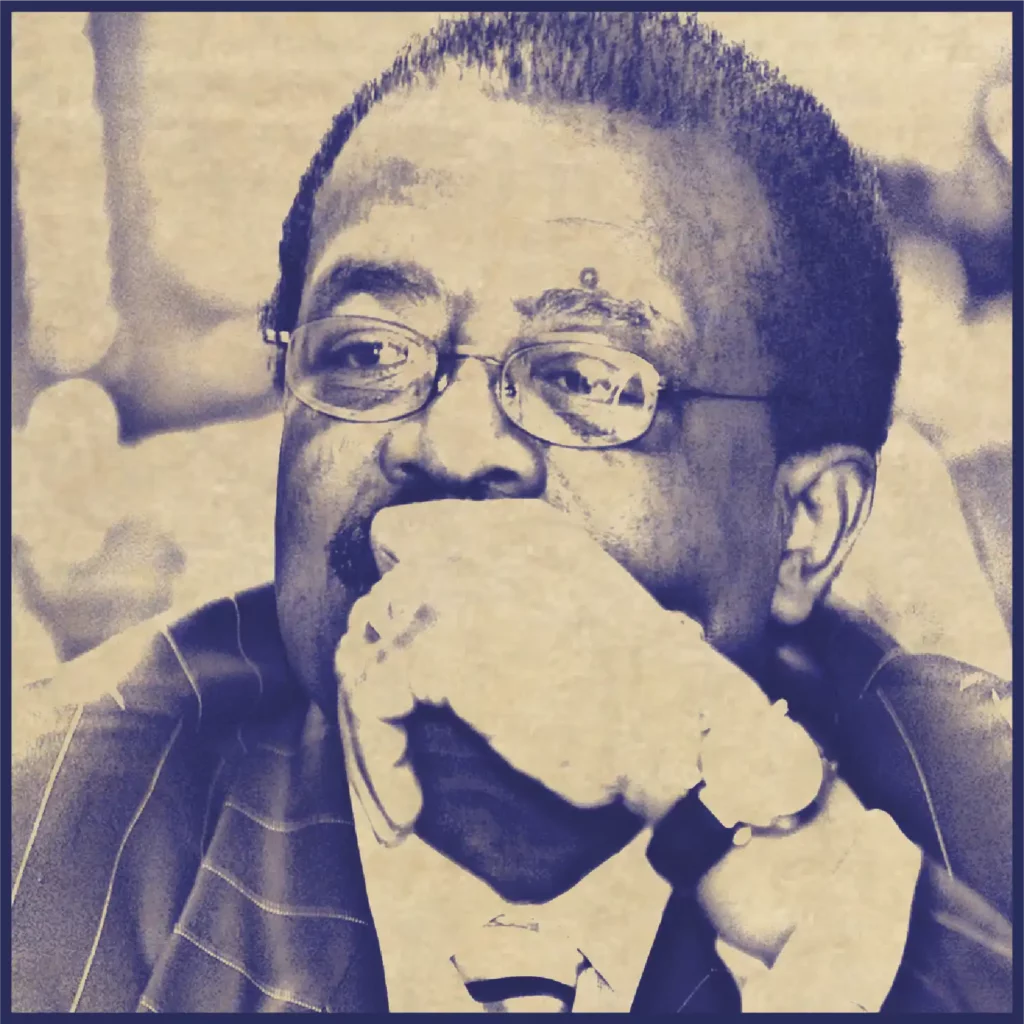Auto Accident Scene
When you are involved in an automobile accident you may not be thinking as clearly as you should. Knowing what to do at the scene could not only save someone's life, but it could also help you at a later point.
If you have been involved in an accident, the most important thing to do is immediately ensure the safety of the people involved in the accident. This means that you must take steps to secure the scene and your passengers or the passengers of the other vehicle from further danger.
To secure the scene may require that the vehicles be moved from a busy highway over to the shoulder of the road. It may also mean that road flares or other safety cones or triangles commonly contained in safety kits in the trunk, be used to clearly mark and protect the scene from oncoming traffic. The keys should immediately be removed from the ignition to prevent an accidental spark which could cause a fire. The vehicles should also be checked for leaking gas or other potentially flammable liquid.
Next, the passengers or occupants of the vehicles should be checked for injury. Do not attempt to move injured persons unless their lives are immediately threatened by an immediate peril. If a person has a severe injury like a broken back or neck, moving them could cause permanent damage or injury.
Once the scene and passengers are secured call 911 from a cell phone or local telephone. Speak clearly and calmly. Help can be delayed if the location is not clearly communicated. Use landmarks, road signs or mile markers to assist with the accident location. Also, be sure to specify the type of emergency vehicles which will be needed such as an ambulance, fire truck, etc.
The next item is to make sure that the other driver's important information is recorded. Get the name of the driver and the occupants, the driver's license numbers of all persons, the insurance information, the owner of the vehicle's information, addresses, phone numbers, and work information. Record the make, model and license plate number of all involved vehicles.
What to Look For
Also, since many people who may witness the accident often leave the scene before the police arrive, immediately record the information of any witnesses. Attempt to elicit a statement from them about what they saw. If the witness cannot remain on the scene, make sure you give their information to the investigating police officer so he can interview them at a later date. It may also be important to record the exact time of the accident which can be reported to the police.
Attempt to avoid discussing the details of the accident or how it happened with the other driver. You do not want anything taken out of context or attributed to you that you did not say. Remain calm even if the other driver becomes irate.
If the accident is at an intersection or on a city street, make a note of any malfunctioning traffic signals or missing or damaged stop signs. Watch the traffic signals for several changes to ensure proper functioning. If you observe a malfunction, make sure to report it to the investigating police officer.
You may also want to observe the other vehicle to see if any obvious mechanical problems are apparent. Malfunctioning headlights, blinkers or other items could later prove to be significant. Again, report any visible signs to the investigating officer.
With the overuse of cell phones on today's highways, be sure to report cell phone use observed of the other driver to the investigating police officer. Cell phone records can be matched to the approximate time of the accident.
Finally, since serious injuries may not be immediately apparent, do not be quick to deny injury until a physician checks you out. Many people become too embarrassed to confess to injury for fear of being perceived as a litigant. Allow E.M.T. personnel to examine you for injury.
If possible take pictures of the scene or return as soon as possible to take pictures of the scene.


